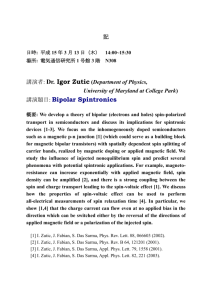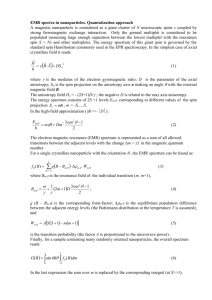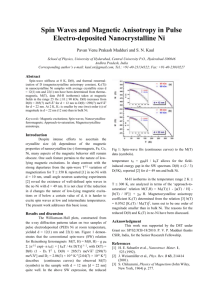Département Magnétisme des Objets NanoStructurés
advertisement
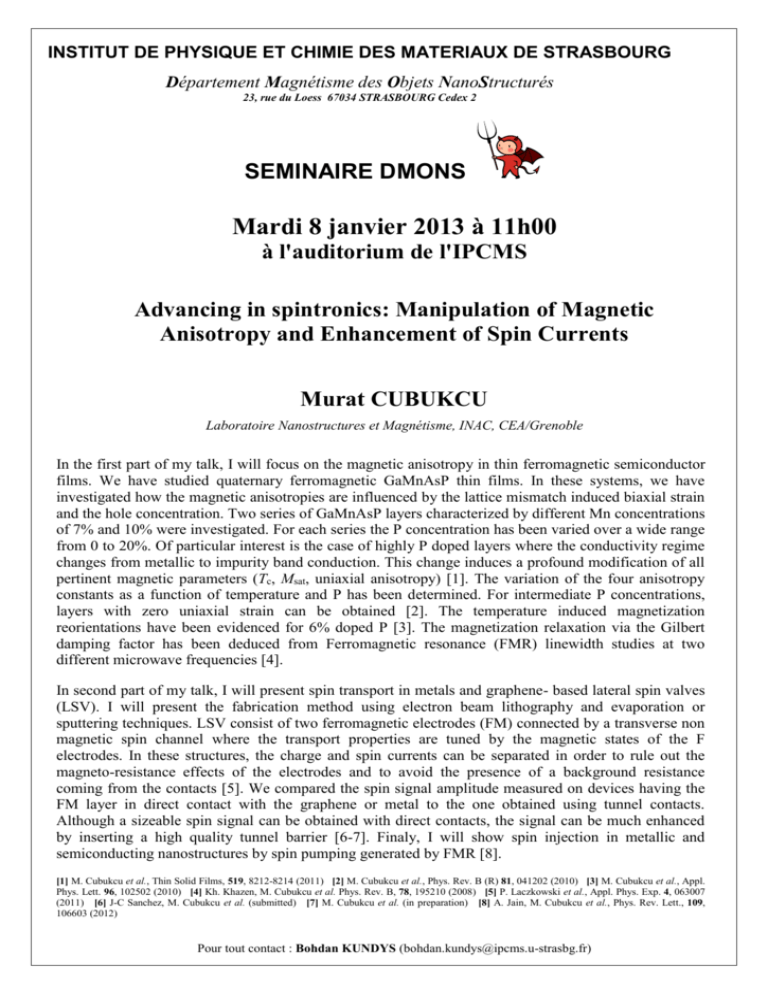
INSTITUT DE PHYSIQUE ET CHIMIE DES MATERIAUX DE STRASBOURG Département Magnétisme des Objets NanoStructurés 23, rue du Loess 67034 STRASBOURG Cedex 2 SEMINAIRE DMONS Mardi 8 janvier 2013 à 11h00 à l'auditorium de l'IPCMS Advancing in spintronics: Manipulation of Magnetic Anisotropy and Enhancement of Spin Currents Murat CUBUKCU Laboratoire Nanostructures et Magnétisme, INAC, CEA/Grenoble In the first part of my talk, I will focus on the magnetic anisotropy in thin ferromagnetic semiconductor films. We have studied quaternary ferromagnetic GaMnAsP thin films. In these systems, we have investigated how the magnetic anisotropies are influenced by the lattice mismatch induced biaxial strain and the hole concentration. Two series of GaMnAsP layers characterized by different Mn concentrations of 7% and 10% were investigated. For each series the P concentration has been varied over a wide range from 0 to 20%. Of particular interest is the case of highly P doped layers where the conductivity regime changes from metallic to impurity band conduction. This change induces a profound modification of all pertinent magnetic parameters (Tc, Msat, uniaxial anisotropy) [1]. The variation of the four anisotropy constants as a function of temperature and P has been determined. For intermediate P concentrations, layers with zero uniaxial strain can be obtained [2]. The temperature induced magnetization reorientations have been evidenced for 6% doped P [3]. The magnetization relaxation via the Gilbert damping factor has been deduced from Ferromagnetic resonance (FMR) linewidth studies at two different microwave frequencies [4]. In second part of my talk, I will present spin transport in metals and graphene- based lateral spin valves (LSV). I will present the fabrication method using electron beam lithography and evaporation or sputtering techniques. LSV consist of two ferromagnetic electrodes (FM) connected by a transverse non magnetic spin channel where the transport properties are tuned by the magnetic states of the F electrodes. In these structures, the charge and spin currents can be separated in order to rule out the magneto-resistance effects of the electrodes and to avoid the presence of a background resistance coming from the contacts [5]. We compared the spin signal amplitude measured on devices having the FM layer in direct contact with the graphene or metal to the one obtained using tunnel contacts. Although a sizeable spin signal can be obtained with direct contacts, the signal can be much enhanced by inserting a high quality tunnel barrier [6-7]. Finaly, I will show spin injection in metallic and semiconducting nanostructures by spin pumping generated by FMR [8]. [1] M. Cubukcu et al., Thin Solid Films, 519, 8212-8214 (2011) [2] M. Cubukcu et al., Phys. Rev. B (R) 81, 041202 (2010) [3] M. Cubukcu et al., Appl. Phys. Lett. 96, 102502 (2010) [4] Kh. Khazen, M. Cubukcu et al. Phys. Rev. B, 78, 195210 (2008) [5] P. Laczkowski et al., Appl. Phys. Exp. 4, 063007 (2011) [6] J-C Sanchez, M. Cubukcu et al. (submitted) [7] M. Cubukcu et al. (in preparation) [8] A. Jain, M. Cubukcu et al., Phys. Rev. Lett., 109, 106603 (2012) Pour tout contact : Bohdan KUNDYS (bohdan.kundys@ipcms.u-strasbg.fr)
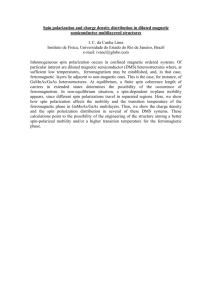

![HJi exp [(xb + xa) cos(wot) — 2xbx.])](http://s2.studylib.net/store/data/010971245_1-ca5a45e9550482d4b1daaee0746eb6fa-300x300.png)


